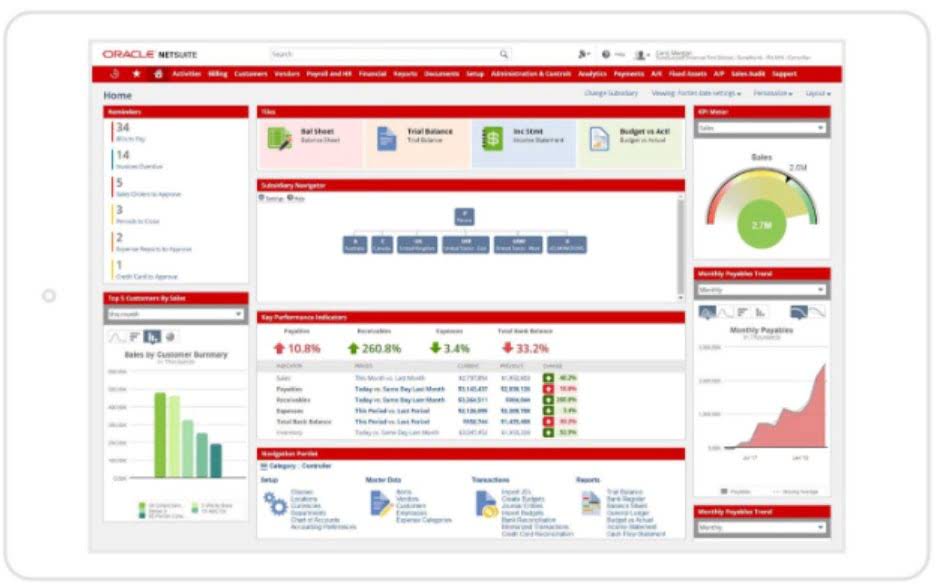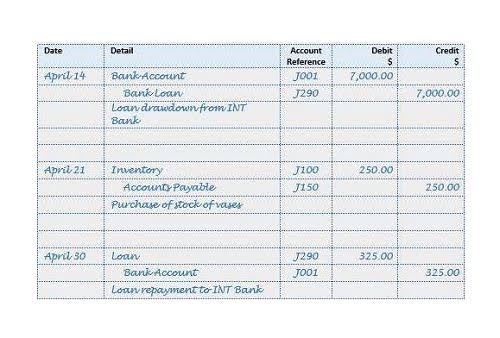What is a Sales Journal? Example, Journal Entries, and Explained

Here is an additional list of the most common business transactions and the journal entry examples to go with them. In this case, the money paid by the customers has to be returned, and as a result, these go on the debit side. So, whether sales are credit or debit depends upon whether sales are made or products are returned. When you sell something to a customer who pays in cash, debit your Cash account and credit your Revenue account. As a refresher, debits and credits affect accounts in different ways.
What accounts are affected by a credit sale journal entry?
This is part of the double-entry accounting method and helps you avoid errors that could complicate the rest of your accrual accounting efforts. Creating journal entries can make your accounting efforts easier and reduce the risk of inaccuracies impacting your bottom line and financial projections. In accounting, a journal entry is a way to track a business’s transactions. Think of it as a snapshot of the transaction, documenting who the transaction was with, the money and products/services exchanged, and any other relevant information.

Journal Entry Examples of Inventory Sold on Credit/Account

The first step is to recognize the revenue, record a receivable, and account for the impact of the cost CARES Act of goods sold/inventory. The next step is to remove the receivable when the payment is collected. Under the perpetual inventory system, there is an additional entry to include the cost of goods sold and its correspondence entry of merchandise inventory.
- When following double-entry bookkeeping there needs to be at least 1 debit & 1 credit.
- Experts will guide you through the process and give you real-time advice.
- Your Accounts Receivable account is the total amount a customer owes you.
- The sales revenue journal entry is fundamental to financial accounting as it impacts the income statement directly, showing the operational income generated from core business activities.
- So a typical sales journal entry debits the accounts receivable account for the sale price and credits revenue account for the sales price.
- Say your business purchases equipment worth $10,000 by signing a note payable with a 5% interest rate.
Sales Revenue Journal Entry
In the section below, we illustrate how the sales return and allowances are recorded in both perpetual and periodic inventory systems. The Post Ref. column in the subsidiary ledger and controlling accounts is labeled SJ-1 to represent page 1 of the sales journal. The example below also shows how postings are made from the sales journal to both the subsidiary and general ledger accounts.
If you’re worried about making mistakes or aren’t sure where to start when crafting your first entry, accounting software like QuickBooks can help you manage it. Say your business purchases equipment worth $10,000 by signing a note payable with a 5% interest rate. The note is due in one year, meaning you have one year to pay the balance off in full plus any interest accrued.
Entry #7 — PGS sells another guitar to a customer on account for $300. Entry #3 — PGS takes out a bank loan to renovate the new store location for $100,000 and agrees to pay $1,000 a month. He spends all of the money on improving and updating the store’s fixtures and looks.
Journal Entry for Goods Returned

If you have accounting software or a bookkeeper, you may not be making these entries yourself. But knowing how entries for sales transactions work helps you make sense of your general journal and understand how cash flows in and out of your business. If your sales journal customer uses a credit card to buy the item, you’ll debit accounts receivable instead of cash since it’s income that you’re owed, but you haven’t been paid yet. In recording a journal entry for sales, you’ll need to pass entry for sales—that is, move the information to all of the different accounts where it needs to be recorded. To create a journal entry in your general ledger or for a sale, take the following steps.
Sales Returns and Allowances Journal Entry under the Perpetual Inventory System
For locations with sales taxes, you also need to record the sales tax that your customer paid so you know how much to pay the government later. Some accounts are increased by debits and decreased by credits. When you credit the revenue account, it means that your total revenue has increased. Let’s review what you need to know about making a sales journal entry.
How to make a sales accounting entry: Services
- Let’s look at an example where the customer paid cash and then changed their mind a few days later.
- Obviously, if you don’t know a transaction occurred, you can’t record one.
- Second, the inventory has to be removed from the inventory account and the cost of the inventory needs to be recorded.
- Step 1 – At the time of paying an expense before the due date in cash.
- A journal entry records financial transactions that a business engages in throughout the accounting period.
You’ll record a total revenue https://www.facebook.com/BooksTimeInc credit of $50 to represent the full price of the shirt. However, the debit to the sales returns and allowances account ultimately subtracts $10 from your revenue, showing that you actually only earned $40 for the shirt. To record a returned item, you’ll use the sales returns and allowances account. This account is for deductions from revenue that result from returns or allowances. This means that when you debit the sales returns and allowances account, that amount gets subtracted from your gross revenue. When a company doesn’t give out early payment discounts, journal entry recording is straightforward.


 топ Казино На Деньги ото Casino Onlin
топ Казино На Деньги ото Casino Onlin